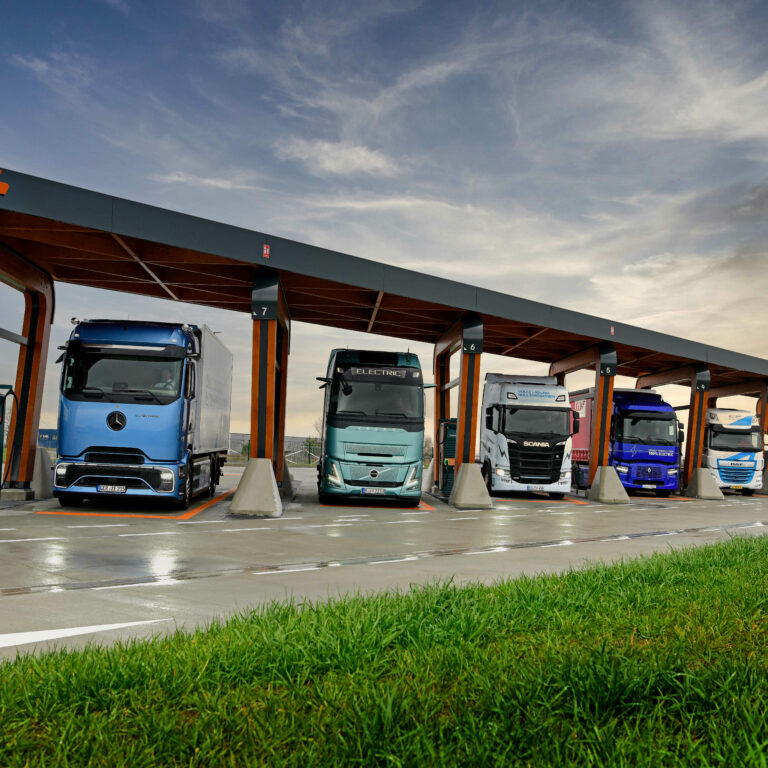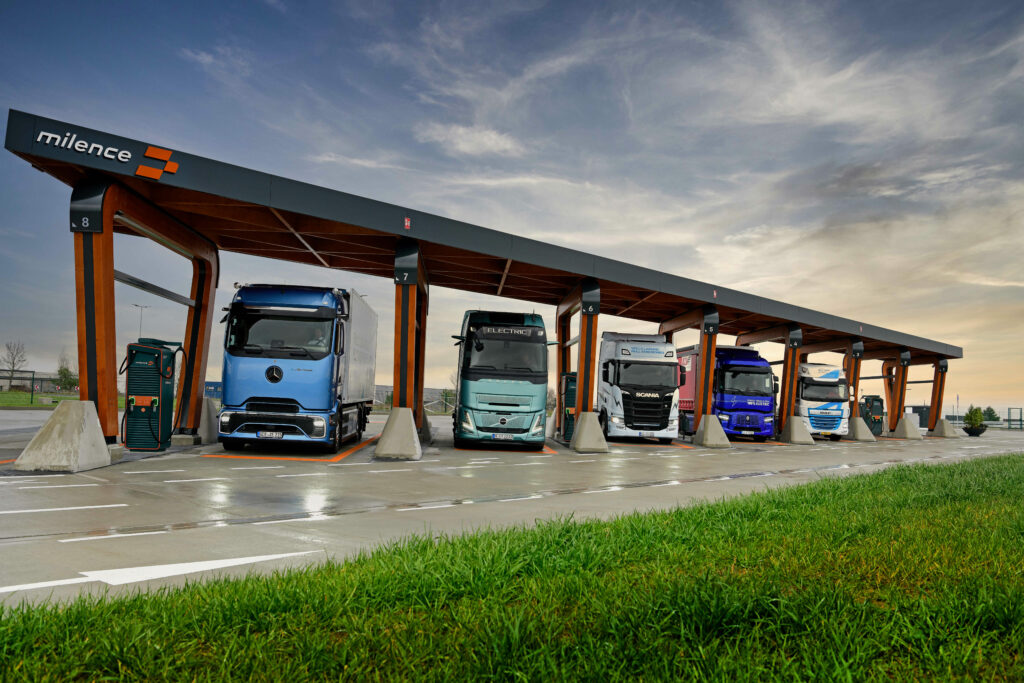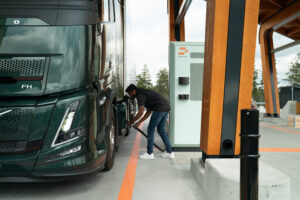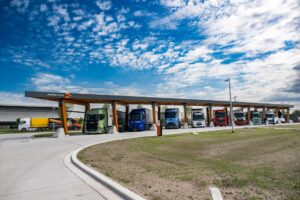Transportation is the backbone of the global economy, and its importance will only continue to grow. Giving it a high profile when discussing an Action Plan for Europe’s automotive future is essential.
Europe’s electric truck market is projected to hit 15% by 2030, underscoring this expansion and the shift towards sustainable transport. This growth will also be fuelled by a rapidly expanding Heavy-Duty Vehicle (HDV) charging network, with over €15 billion expected of being invested in Europe’s electric truck charging infrastructure, creating significant opportunities for businesses.
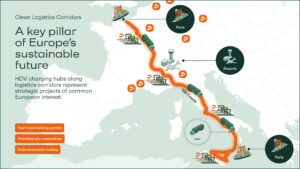
Megawatt Charging Systems (MCS) will enable ultra-fast charging for electric trucks, minimizing downtime and maximizing operational efficiency. This technology is crucial for the viability of long-haul electric trucking and the sector’s future.
As the electrification revolution accelerates, we see five key elements that will shape electric mobility in 2025 and beyond:
1. Charging infrastructure for logistics will expand rapidly. In just two years, we’ve deployed up to 100 dedicated charging points at 13 hubs in 5 European markets, with other 13 currently under construction and many more in the pipeline. Our goal is to add over 600 connectors in the next 18 months and build Europe’s largest public charging network. Europe is strategically deploying these charging stations along key logistics routes to support large-scale electric truck adoption.
2. Charging technology will be faster and more reliable with the deployment of the first MCS for both public and depot charging. Those who embrace megawatt charging technology will set the tone and accelerate the transition towards zero-emission logistics. Milence is at the forefront here and will enable the 1st MCS corridor in Europe connecting Antwerp to Stockholm by end of 2025.
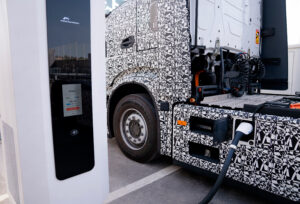
3. A balanced approach between depot and public charging will be the key to scaling electric road transport. Relying too much on depot charging could be a costly mistake – but integrating public charging keeps electric trucking efficient and scalable. We estimate that public charging for heavy-duty commercial vehicles will be the key enabler for electrification of long-haul electric trucking far more important than conventional forecasts suggest. Real-time route planning, booking systems, and seamless connectivity will streamline electric truck operations and minimize charging delays, further enhancing the effectiveness of public charging.
4. Smart logistics, where vehicles, infrastructure, and logistics planning systems are seamlessly interconnected, are set to enable smoother and more efficient logistics. The increasing use of real-time data and analytics, in particular, offers significant opportunities. On an economic scale, digitalization and electrification will reduce transport costs and emissions. Cost and complexity make them challenging for smaller companies to adopt though, likely leading to further consolidation.
5. HDV charging hubs along logistics corridors will become strategic and critical projects of common European interest. Infrastructure is bridging two essential sectors of Europe’s economy—clean logistics and clean energy—while also creating a powerful untapped new data economy. The Automotive Action Plan under development is an opportunity to put in place a Clean Logistics Corridor Initiative allowing fast-track building permits, prioritised grid connections and dedicated public funding for infrastructure deployment underpinning a resilient and cleaner European society.
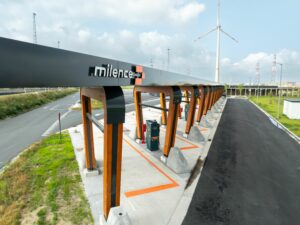
The Plan could also address significant other connected challenges which remain: power grids require upgrades, and the higher upfront costs of vehicles and MCS-proof charging hubs call for effective public sector support to drive leadership in future technologies for Europe’s competitiveness. Public-private partnerships and supportive regulations are crucial for consistent growth in the sector.
In the end, only the markets that embrace innovations, will stand out and excel.
